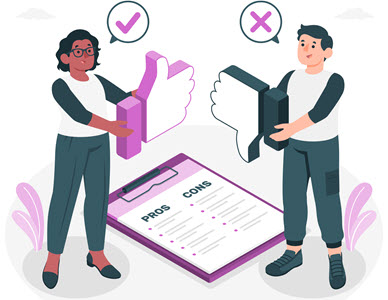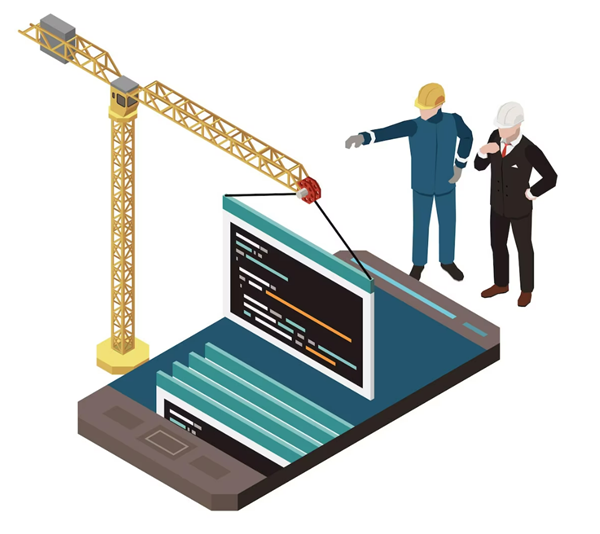Implement without Disaster: 8 Dos and Don'ts
| Time to read: 5 minutes

Have a plan
It sounds obvious for project managers, but it is often forgotten.
A good project plan is a key to successful project delivery. Project complexity determines the level of detail needed in a plan. If the plan for a simple module is 40 pages long, it's unlikely that anyone will read it from start to finish.
Don’t overdo the plan
People often believe that starting with a big picture is best. We suggest starting with the process while keeping the big picture in mind. Starting from the beginning of the process is ideal, but not always necessary. In most cases, the big picture will evolve as the project progresses.


Make sure you are not alone
This advice is often underestimated. Upper management support is crucial, secure it from the start. Don't assume you can gain it during the project, unless you have a small team and complete authority.
Don’t automate what should not be automated
Don't automate tasks that require human judgment. Ask yourself is automation the solution for this problem? The automation helps scale the business; it doesn't solve fundamental business issues
Make sure that you are building on a good foundation
Think about how you would like it to be before automating the existing processes. Don’t build on sand.
Don’t automate chaos
Unless your goal is to have an automated chaos, don’t do this. It is not going to help. This is a sure way to bury a project under a bunch of exceptions to the rules.


Think 5 years ahead
Make sure to have at least one technical team member who has a natural inclination towards long-term thinking. What may work well with 500 records may not work as efficiently with 2 million records. Everything is possible but the architecture has to be planned accordingly.
Don’t make it universal
Don’t develop everything for everyone. Solve your own problems before thinking about how it is going to help other departments, businesses, teams.
Limit the implementation team size
Keep only those who are prepared to make decisions and take responsibility. Avoid consultants that know why it didn’t work, choose team members who are ready to take action.
Don’t be afraid to cut where it is needed
Don't stick to outdated processes just because you are used to them, consider if there are more efficient ways to accomplish the same goals with current technology.


Start using it as soon as possible
Whether you are creating a new application from scratch or implementing an existing one, start using it as soon as possible. Train your team from the beginning. Its value lies in its usage.
Don’t wait until it is perfect
It is not perfect, and it will never be. You will have plenty of opportunities to improve it, but very limited to launch it. Launch it as soon as it can be used.
Start with good enough
Focus on delivering a functional and usable product that meets the minimum requirements, rather than striving for perfection from the outset. This approach is also called a Minimum Viable Product.
This approach allows for a quicker launch and the opportunity to iteratively improve the software based on user feedback and market demands.
Never stop at good enough
To iterate is human, to recurse divine. Once you stop making improvements, your system will begin to become outdated.


Choose the right technology
Consider the potential advancements in AI, mobile technology, and machine learning in five years. Is your technology ready or likely to be ready by then?
Don’t expect that a technology alone will solve everything
Unless you are a software company, relying solely on technology to solve the business problems is unrealistic. Embrace innovation, modernization, and disruption in your field, using technology to enhance and leverage it.